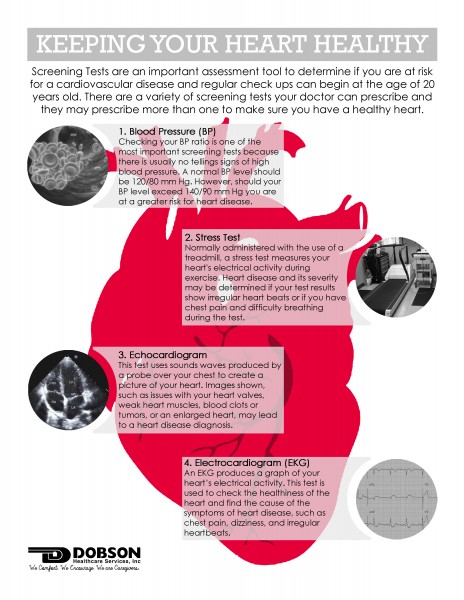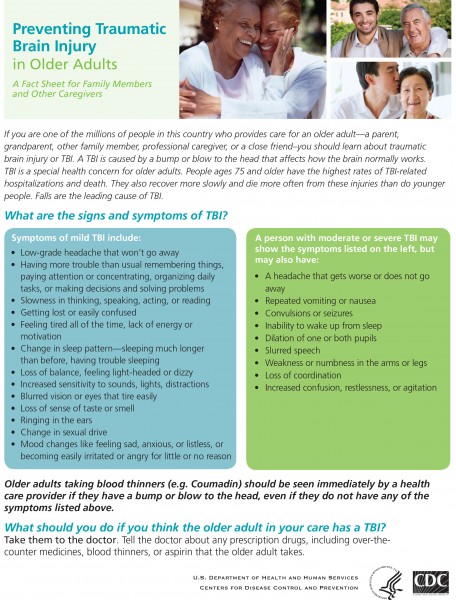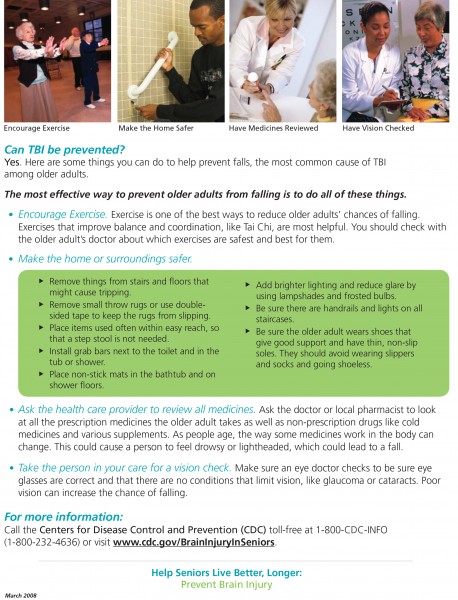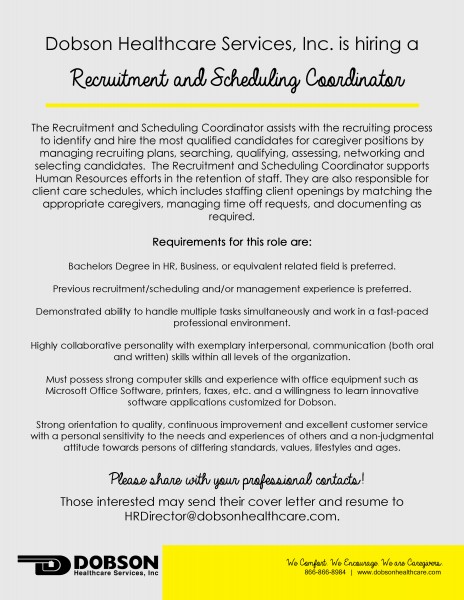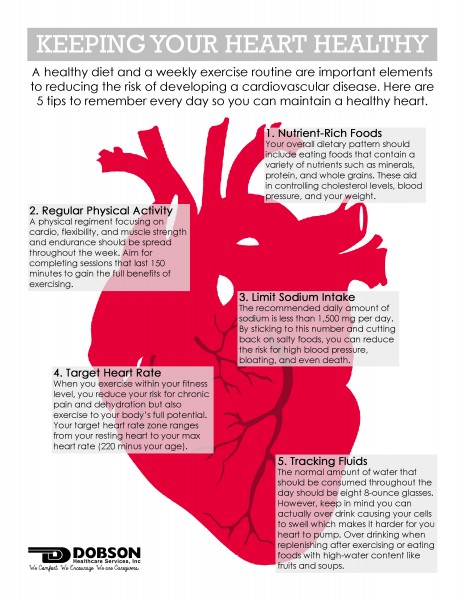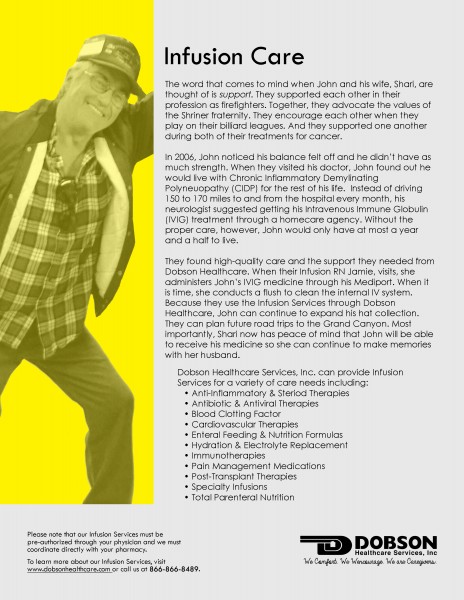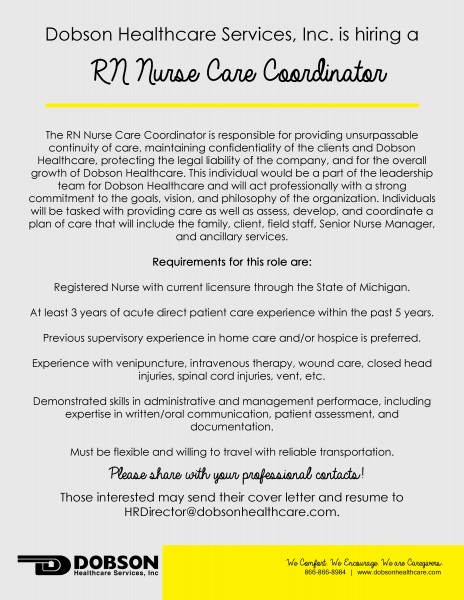According to the National Heart, Lung, and Blood Institute, a diagnosis of a cardiovascular disease is “…based on your medical and family histories, your risk factors, a physical exam, and the results from tests and procedures” (National Heart, Lung, and Blood Institute, 2014). Below you will find a brief explanation of a few of these screening tests. If you feel you are at risk for heart disease, we encourage you to talk to your doctor about these tests, his or her recommendation for you, and what the results of the test(s) will mean.
American Heart Association. (2014, October 21). Heart-Health Screenings. Retrieved February 18, 2016.
American Heart Association. (2015). What is a Stress Test? Retrieved February 18, 2016.
National Heart, Lung, and Blood Institute. (2012, February 29). The Heart Truth® for Women: If You Have Heart Disease. Retrieved February 18, 2016.
National Heart, Lung, and Blood Institute. (2014, April 21). How Is Heart Disease Diagnosed? Retrieved February 18, 2016.
National Heart, Lung, and Blood Institute. (2011, October 31). What Does Echocardiography Show? Retrieved February 18, 2016.
WebMD. (2014, August 13). Heart Tests: When Do You Need Them? Retrieved February 18, 2016.
WebMD. (2014, September 26). What Is an Electrocardiogram (EKG or ECG) Test? Retrieved February 18, 2016.
Photo: Blood Clotting Nemesis of Life. (n.d.). Retrieved February 18, 2016.
Photo: Gwinnett Clinic. (n.d.). Cardiac Testing. Retrieved February 18, 2016.
Photo: Echocardiographer.org. (n.d.). Transthoracic Echo. Retrieved February 18, 2016.
Photo: ECG Wave-Maven. (2015, June 6). Diagnostic Cardiac Catheterization and Coronary Angiography. Retrieved February 18, 2016
A Traumatic Brain Injury (TBI) refers to the amount of damage done to the brain tissue resulting from a closed or open head injury. The Glasgow Coma Scale (GCS) is most often used by doctors to determine the category of the TBI in which the “severity” ranges from mild (briefly disoriented/loss of consciousness) to moderate to severe (unconscious for an extended period of time).
No two brain injuries are the same. However, because this injury affects the brain, major lifestyle (and possibly personality) changes might occur. For example, you or someone you know who suffered a TBI may now require either short-term or long-term care. In the following article, we will list the initial aspects of a Traumatic Brain Injury.
What causes a TBI?
A blow to the head can occur from a variety of accidents. Some examples include:
- A motor vehicle crash
- Sports injuries
- A fall
- Assaults
- A bicycle crash
- Military service-related injuries
- Child abuse/domestic violence incidents
- The skull being struck by a blunt or heavy object
Common Symptoms After a Mild TBI
- Headaches
- Bruises—When the head is hit, the brain can be shaken around inside the skull. If the shaking was hard enough, the brain can get bruised as it hits the skull. Just like bruises you might get on your arms or legs, these go away in time.
- Swelling— If there are lots of bruises, there also might be swelling. Swelling takes longer than bruising to return to normal.
- Dizziness
- Nausea and sensitivity to light and sound
- Snapped nerve fibers—The brain is made of millions of cells called neurons that are connected to each other by long, thin fibers called axons. If the TBI is serious enough, some of these axons can snap or break during a concussion. When this happens, different cells in your brain cannot communicate properly with each other. With time, however, these will heal and many patients have a complete recovery.
- Broken blood vessels—Like any other part of the body, the brain has blood vessels in it. If a TBI is very serious, some of these blood vessels can tear and bleed soon after the injury. Usually, the bleeding stops on its own and the blood vessels heal like any other cut does.
It’s important to note that these symptoms may not occur right away and could appear days or even weeks after the accident.
Determining the level of the TBI
- Severity of initial injury
- Rate/completeness of physiological recovery
- Functions affected such as cognitive, motor, sensory, verbal, and emotion
- Meaning of dysfunction in the individual’s life
- Resources available to aid recovery of function
Where can you go for support?
- Brain Injury Association of Michigan (BIAMI) Helpline: 800-772-4323 or www.biami.org.
- Michigan Department of Community Health TBI website, www.michigan.gov/tbi, has many free educational materials including:
- Michigan Resource Guide for Persons with Traumatic Brain Injury and Their Families, a 96-page directory of resources that provides information about TBI, the signs of TBI and a wide variety of services that are available.
- Dobson Healthcare: 866-866-8984 or www.dobsonhealthcare.com.
Evans, R.W., Evans, R.I., & Sharp, M.J. (1994). The physician survey on the post-concussion and whiplash syndromes. Headache, 34, 268-74.
Kashluba, S., Paniak, C., Blake, T., et al. (2004). A longitudinal, controlled study of patient complaints following treated mild traumatic brain injury.
Archives of Clinical Neuropsychology. 19, 805-816.
McCrea, M., Guskiewicz, K.M., Marshall, S.W., et al. (2003). Acute Effects and Recovery Time Following Concussion in Collegiate Football
Players – The NCAA Concussion Study. Journal of the American Medical Association, 290, 2556-2563.
Mittenberg, W., Zielinski, R.E., & Fichera, S. (1993). Recovery from mild head injury: A treatment manual for Patients. Psychotherapy in Private
Practice, 12, 37-52.
Mount Sinai Medical Center. (n.d.). What Happens Immediately After the Injury? Retrieved February 10, 2016 from brainline.org.
Rohling, M.L., Meyers, J.E., & Millis, S.R. (2003). Neuropsychological Impairment Following Traumatic Brain Injury: A Dose-Response Analysis.
The Clinical Neurolopsycholoigist 17, 289-302.
Traumatic Brain Injury.com, LLC. (n.d.). Mild TBI Symptoms. Retrieved February 10, 2016, from traumaticbraininjury.com.
Traumatic Brain Injury.com, LLC. (n.d.). Severe TBI Symptoms. Retrieved February 10, 2016, from traumaticbraininjury.com.
Photo: Chlossser, M. (2015). Slip and Fall Accidents the Leading Cause of Traumatic Brain Injury. Retrieved February 10, 2016.
American Heart Association, The. (n.d.). Sodium and Your Health. Retrieved February 09, 2016
American Heart Association, The. (2016, January 13). Target Heart Rates. Retrieved February 09, 2016.
American Heart Association, The. (2016, January 20). The American Heart Association’s Diet and Lifestyle Recommendations. Retrieved February 09, 2016.
CardioSmart. (2015, February). Heart Failure: How to Limit Your Fluids. Retrieved February 9, 2016.
Fardy, S. (n.d.). Why monitoring your heart rate is so important! Retrieved February 09, 2016.
Walters, J. (n.d.). Is It Possible to Drink Too Much Water? Retrieved February 09, 2016.
From the initial phases of living with a SCI to finding ways to adjust daily routines as an adult is truly challenging. The new diagnosis of a SCI for a child can be just as or even more overwhelming. From a physical standpoint, a child’s systems is not fully developed and, therefore, has a higher potential paraplegia or a complete SCI. Also, parents are often left to navigate care and make crucial decisions for their child’s long term health all while remaining positive and encouraging their child who may be in a wheelchair now but doesn’t understand why.
But where does one begin to provide care for a child with a SCI? Which type of rehabilitation center should you use? How do you comfort a child when they feel alone? What will happen when they are able to return to school? Though there are many excellent resources concerning kids with new injuries, we turn to the Christopher and Dana Reeve Foundation to assist answering these questions. It is important to note that the child’s age will play a key role throughout the process.
The Initial Phase
When you are introduced to a new life with s SCI, it seems like many events happen all at once. To understand the initial phase, please read our “Spinal Cord Injury: The Initial Phase.” Though the article is based off of the immediate care of an adult with a SCI, the immediate care of a child is similar. This article will include a description of how the care of the spinal cord begins, a list the general of spinal cord injures, and what happens when surgery is an option. For further general information about a newly developed pediatric SCI, please visit the United Spinal Association and download their guide sheet.
Rehabilitation
Choosing the right rehabilitation facility and therapy is crucial as it provides the basis for successfully living with a SCI. According to The National Spinal Cord Injury Association, “The goal of rehabilitation is to help the child and family learn how to care for a body that now works differently, maintain a high level of wellbeing that avoids the resulting health difficulties of SCI…and help the child, once again, become a full member of the community” (United Spinal Association). This decision begins with researching rehabilitation centers that have the ability to take pediatric cases. The Commission on Accreditation of Rehabilitation Facilities (CARF) provides a list of facilities that are accredited and are equipped to meet the needs of young children. Most major hospital systems also have the ability to provide rehab for pediatric SCI cases.
Important questions to consider while interviewing and researching rehab centers include:
1. How many children/adolescents with spinal cord injuries or diseases does the facility admit and care for each year?
2. What is the staff to patient ratio?
3. Is the facility accredited and meet the professional standards to provide the proper care?
4. How far away is the facility from school and home?
5. Is an after-school or learning program so the child can continue their class work provided?
6. Does the facility provide training for the parent(s)?
7. Are there therapeutic programs for children on a ventilator?
8. Does the facility offer support for the child as well as family members?
9. Does the facility allow siblings and friends to visit?
10. Can a tour of the facility be arranged?
To learn more about choosing a rehabilitation routine, please read our “Spinal Cord: Rehabilitation Phase” article.
Life Outside of Therapy
Understanding the SCI
For a child, it can be hard to understand why they cannot move parts of their body like they could before or why they may not be able to participate in the same activities as their peers. This realization can be frustrating for a parent but possibly even more so for the child. To aid in the explanation, The Christopher & Dana Reeve Foundation suggest turning to books, videos, online tools, and events involving children with the same disabilities. The Reeve Foundation Paralysis Resource Center Library offers book and video rentals for children and adolescences to educate their SCI and other spinal cord injuries and diseases. Also, download the United Spinal Association’s tips to caring for a child and encouraging them throughout this process.
Education
Going back to school can be a scary thought to the child with a new SCI. From peer acceptance to figuring out how to navigate the busy hallways with crutches, there will be many challenges they will most likely face. The most important aspect to continuing their education will be communication. Parents should keep in constant contact with school officials and educators about their new learning needs, rehab schedule, transportation needs, and/or eating, bathroom, and medication needs. Before returning to school, there are a few notes to consider to ease the transition and encourage the child.
1. Set up an initial meeting with parents, teacher(s), principle, school nurse or secretary, guidance counselor, and the child. It might be helpful to continue these meetings, especially
throughout the first year of a newly developed SCI. An end of the year meeting is highly suggested to prepare for the next academic year.
2. Determine the type of vehicle needed to get to school. It may be easier for the parent or a caregiver to drive the child to and from school. A wheelchair accessible school bus might also be a
good option for transportation.
3. Functional school supplies might need to be purchased before returning to school. The Christopher & Dana Reeve Foundation suggests testing pencils, markers, scissors, etc. to make sure the child can have a good grip on the tools. It will also be important to think about the type of desk needed for the child, whether or not they need a more accessible locker, and an extra set of textbooks to aid the weight load of the child’s backpack.
4. At first, the child’s peers, athletic coaches, or club leaders might see the disability rather than the person. The SCI and people’s view towards it should not stop the child from being active
with school or community functions. It might be a good idea to get involved with an organization where the child can have a chance to be surrounded by others with a SCI. One great
example of an organization like this is the Paralympic Games. It could be encouraging to the child to see others like them and know they are not alone as well as being able to set goals to
compete in a Paralympic Sport Club.
For more information on Spinal Cord Injuries, we encourage you to use The Christopher & Dana Reeve Foundation Paralysis Resource Center. To learn how Dobson Healthcare can provide family support, staffing, or care for a loved on with a Spinal Cord Injury,
please call 866-866-8984.
The Reeve Foundation Paralysis Resource Center. Back-to-School. (n.d.). Retrieved January 26, 2016.
The Reeve Foundation Paralysis Resource Center. Books and Videos for Children and Teens. (n.d.). Retrieved January 26, 2016.
The Reeve Foundation Paralysis Resource Center. Kids with New Injury. (n.d.). Retrieved January 26, 2016.
United Spinal Association. Pediatric Spinal Cord Injury General Information. (n.d.). Retrieved January 26, 2016.
“I seemed to have paralysis all over my body…
My taste buds were affected; my eyes refused to focus correctly;
my mind wandered; and lung muscles were also stricken.
At the end of six weeks, I lifed my head off the pillow and was able
to sneeze slightly. Three weeks [later] I managed to turn myself on
my side. By this time I was able to carry on a conversation without
running out of breath. In December, my feet returned for the most
part to a normal condition.”
~Mrs. V. A. Pahl, Smithsonian NMAH
Many events happen during the initial phase of a Spinal Cord Injury (SCI). You might have seen a loved one rushed to the emergency room after an accident and placed in a brace, immobilizing their body. Or you, yourself, may have been taken into surgery and upon waking up, you may have felt numb or you couldn’t move a part of your body. So many questions come whizzing into your head during the initial phase. Questions like, What will life be like now? What challenges will my family member or friend face? Will I ever be able to walk again?
The news that you have an SCI can be overwhelming. And each SCI has a different road to recovery with different adjustments made to your daily routine. But don’t be discouraged when the time comes to make decisions to put the pieces of your life back together. The next step you’ll be taking is choosing a rehabilitation process with therapies that fit your needs. Use the following discussion as a guide to picking the best rehab for you.
Rehabilitation Location
There are both inpatient and outpatient rehab center options for SCI treatment. When choosing a facility, it will be important to make sure they can provide the level of services you require. You will also want to make sure they have the equipment, professional staff, and experience with your particular SCI diagnosis. Other questions to ask when choosing the facility include:
1. Does the facility provide treatments for adults, pediatric cases, or both?
2. How many SCI patients with your condition do they see every year?
3. What is the staff to patient ratio?
4. Does the facility offer support for family members and friends?
5. Is the facility accredited and meet the professional standards to provide the proper care?
Another question to ask yourself is, How far am I willing to travel to receive treatment? Home healthcare agencies, like Dobson Healthcare, can provide high-quality care and rehabilitation therapies in the comfort of your home.
Professional Staff
There should be many professional staff members on the rehabilitation team at an inpatient or outpatient facility. Among them should be a Physiatrist (the doctor specializing in treating a wide range of medical conditions affecting the brain and spinal cord) who coordinates the long-term rehab care for SCI patients. Rehabilitation Nurses should also be on the rehab team. Among their many supportive tasks, they provide education for the patient and family members as well as monitor the rehab treatment and recovery process. Finally, there should be a variety of therapists, such as occupational therapists and physical therapists, on the team. Each staff member should have the proper educational background and professional experience to assist in the rehab process.
Therapy
It is important for the facility to provide care with a variety of therapy options while also utilizing cutting-edge technology. Common therapies include Occupational Therapy, Physical Therapy, and Speech Therapy. These therapies assist with learning or relearning day-to-day activities, motor and sensory movements, how to operate a wheelchair, how to communicate, how to swallow, and so much more. A special type of therapy increasingly being used is called Aquatherapy. This involves an Aquatic Therapist assisting exercises within a heated therapy pool. Lastly, the facility might suggest the use of Functional Electrical Stimulation (FES). By using a FES system, such as the FES bike or surgical implants, small electrical pulses are sent to paralyzed muscles to assist with exercising, moving, and improving muscle and organ functions.
Know that throughout this healing process you are not alone. There are many great sources, like the United Spinal Association, the Christopher & Dana Reeve Foundation, and the Paralyzed Veterans of America, that can provide answers to your questions. If you need help caring for a loved one with an SCI or want to talk to a nurse about care options, please call us at 866-866-8984.
Christopher & Dana Reeve Foundation. (n.d.). Functional Electrical Stimulation. Retrieved January 14, 2016
Christopher & Dana Reeve Foundation. (n.d.). Overview-How to Pick a Rehab. Retrieved January 14, 2016
Christopher & Dana Reeve Foundation. (n.d.). Rehabilitation Centers. Retrieved January 14, 2016
Figure 1: University of Maryland Medical Center. (n.d.). Rehabilitation. Retrieved January 14, 2016
Winter time in Michigan can be filled with fun activities like skiing, snowboarding and snowmobiling. While many Dobson Healthcare clients have sustained their Spinal Cord Injuries (SCI) from auto accidents or accidents on the job, this isn’t the only way to injury your spine. Without the proper handling of equipment or safety precautions, several of your favorite wintertime activities could result in a Spinal Cord Injury.
When an injury is sustained, life stops and you have to figure out the next best option for care for you or your loved one. You may have many questions if the event occurs so the following excerpt is information we gathered from various sources on what you need to know when you’re dealing with the emergency phase and a newly diagnosed spine injury.
Stabilizing the Injured Person
After the injury, the first task of emergency respondents is to check and stabilize the person’s heart rate, blood pressure, and breathing. This is to understand how the body reacted, determine if intubation is necessary, and to prevent inflammation. They will also place the patient into a special brace to secure the spinal cord to prevent further damage. Whether the injury is traumatic or non-traumatic, the person will most likely be taken to the nearest trauma care center.
Once in the hospital, medications may be used to “control the extent of the damage to the spinal cord, alleviate pain, treat infections, and other issues related to the injury” (“Emergency Management”). It is very likely that the patient will also use a traction technique, such as a brace or body harness, to inhibit movement. Neuroprotective therapies may be administered as the first medical treatment. These can be in the form of a steroid drug called methylprednisolone and/or therapeutic hypothermia (either with injected saline or special blankets combined with cold packs) to reduce swelling.
Classifying the Injury
Using x-rays, MRI’s, CT scans, and neurological examinations, doctors can determine the type of SCI and whether it is a complete or incomplete injury. The location of the SCI also dictates which parts of the body are affected.
- Spinal Contusions
This is the most common type of SCI. It is caused by damage to nerve cells which can create bruising, loss of sensory and motor functions, and inflammation and bleeding near the spinal cord. This type of SCI, however, usually only has temporary effects with a quick recovery period.
- Cervical Spinal Cord Injuries
This is also known as quadriplegia or tetraplegia. With this injury, areas from the point of the injury (at the top of the back) down are affected. This usually includes the back of the head, neck, shoulders, arms, and diaphragm. This SCI requires the patient to be placed in a brace or stabilizing device.
- Thoracic Spinal Cord Injuries
The muscles of the back and part of the abdomen are affected at the Thoracic level. It can cause paralysis, weakness of the legs, and bowel and bladder dysfunction with most patients only wearing a brace for extra support. Because of the rib cage offering protection, this is the least common SCI.
- Lumbar Spinal Cord Injuries
Like Thoracic SCI’s, the back muscles and abdomen are affected with this SCI. Again, paralysis, weakness of the legs, and bowel and bladder dysfunction is common. However. the buttocks and parts of the legs are also included. At the Lumbar level, surgery and external stabilization tools are often required.
- Sacral Spinal Cord Injury
With a Sacral SCI, the hips, legs, feet, and genital organs can become weak or be in a state of paralysis. The functioning of the bowel and bladder may also be lost. Most patients after the injury must learn to utilize a wheelchair.
Surgical Interventions
Finally, once they are in a stable condition, the patient will meet with a surgeon on what to do next. Surgery is often recommended for a number of reasons. The patient may require the removal of bone fragments or foreign objects near the spine. Blood clots or tumors might have formed and need to be removed. The vertebrae cold be fractured or need realigning. However, if the vertebrae appears to be unstable, a spinal fusion using metal plates or rods might be performed.
For more information on Spinal Cord Injuries, we encourage you to use the Christopher & Dana Reeve Foundation Paralysis Resource Center. To learn how Dobson Healthcare can provide staffing or care for a loved on with a Spinal Cord Injury, please call 866-866-8984.
“Emergency Management.” Christopher & Dana Reeve Foundation.
“Spinal Cord Injury Treatment.” Brain and Spinal Cord Injury Rehabilitation.
“Spinal Cord Injury Types.” Christopher & Dana Reeve Foundation.
Figure 1: Nordic Valley Ski Resort. (2015). Risks of Skiing. Retrieved January 13, 2016

